Nationality German Name Alexander Lippisch | Role Aeronautical engineer Books The Delta wing | |
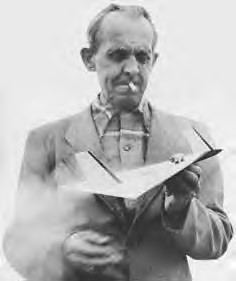 | ||
Aircraft designed Messerschmitt Me 163 Komet, DFS 194 | ||
The secret of flight 1955 dr alexander lippisch
Alexander Martin Lippisch (November 2, 1894 – February 11, 1976) was a German aeronautical engineer, a pioneer of aerodynamics who made important contributions to the understanding of flying wings, delta wings and the ground effect, and also worked in the U.S. His most famous designs are the Messerschmitt Me 163 rocket-powered interceptor and the strange-looking Aerodyne.
Contents
- The secret of flight 1955 dr alexander lippisch
- Powder rocket diagrams and launches of rocket powered airplane 1928
- Early life
- Early aircraft designs
- Delta wing designs
- World War II projects
- Postwar work in the United States
- Convair
- Ground effect aircraft
- Some Lippisch designs
- References
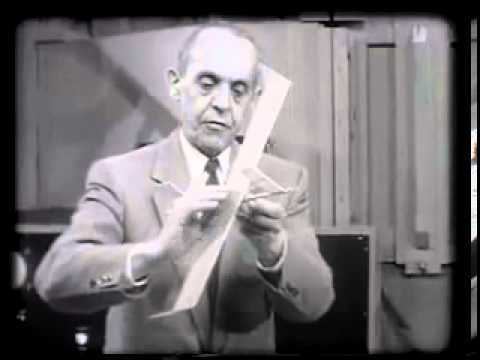
Powder rocket diagrams and launches of rocket powered airplane 1928
Early life
Lippisch was born in Munich, Kingdom of Bavaria. He later recalled that his interest in aviation began with a demonstration conducted by Orville Wright over Tempelhof Field in Berlin in September 1909. Nonetheless, he planned to follow his father’s footsteps into art school, until the outbreak of World War I intervened. During his service with the German Army, between 1915–1918, Lippisch had the chance to fly as an aerial photographer and mapper.
Early aircraft designs
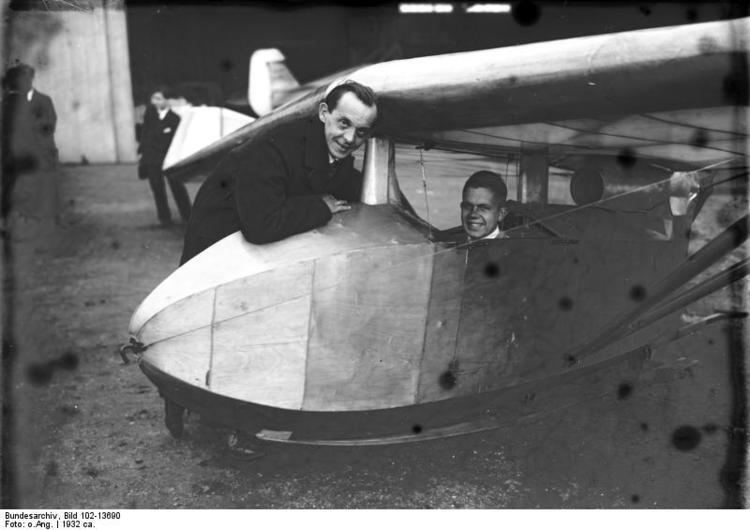
Following the war, Lippisch worked with the Zeppelin Company, and it was at this time that he first became interested in tailless aircraft. In 1921, his first design to be built, by his friend Gottlob Espenlaub, was the Espenlaub E-2 glider. This was the beginning of a research programme that would result in some fifty designs throughout the 1920s and 1930s. Lippisch’s growing reputation saw him appointed in 1925 as the director of the Rhön-Rossitten Gesellschaft (RRG), a glider organisation including research groups and construction facilities.
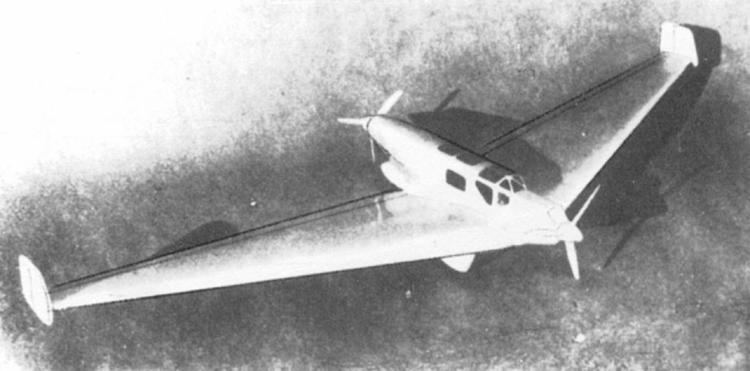
Lippisch also designed conventional gliders at this time, including the Wien of 1927 and its successor the Fafnir of 1930. In 1928, Lippisch’s tail-first Ente (Duck) became the first aircraft to fly under rocket power. From 1927, he resumed his tailless work, leading to a series of designs named Storch I – Storch IX (Stork I-IX), mostly gliders. These designs attracted little interest from the government and private industry.
Delta wing designs
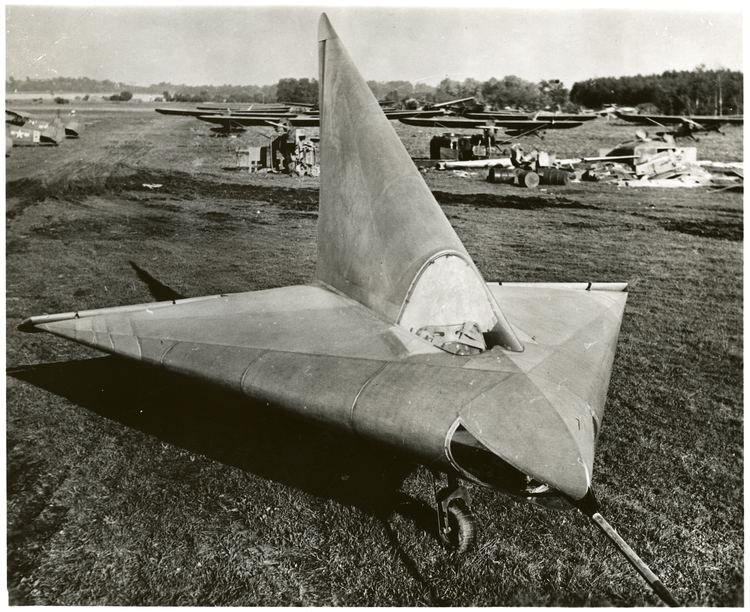
Experience with the Storch series led Lippisch to concentrate increasingly on delta-winged designs. The Delta I was the world's first tailless delta wing aircraft to fly (in 1931). This interest resulted in five aircraft, numbered Delta I – Delta V, which were built between 1931 and 1939. In 1933, RGG had been reorganised into the Deutsche Forschungsanstalt für Segelflug (German Institute for Sailplane Flight, DFS) and the Delta IV and Delta V were designated as the DFS 39 and DFS 40 respectively.
World War II projects
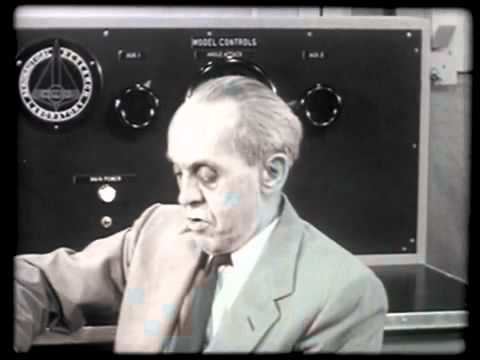
In early 1939, the Reichsluftfahrtsministerium (RLM, Reich Aviation Ministry) transferred Lippisch and his team to work at the Messerschmitt factory, in order to design a high-speed fighter aircraft around the rocket engines then under development by Hellmuth Walter. The team quickly adapted their most recent design, the DFS 194, to rocket power, the first example successfully flying in early 1940. This successfully demonstrated the technology for what would become the Messerschmitt Me 163 Komet.
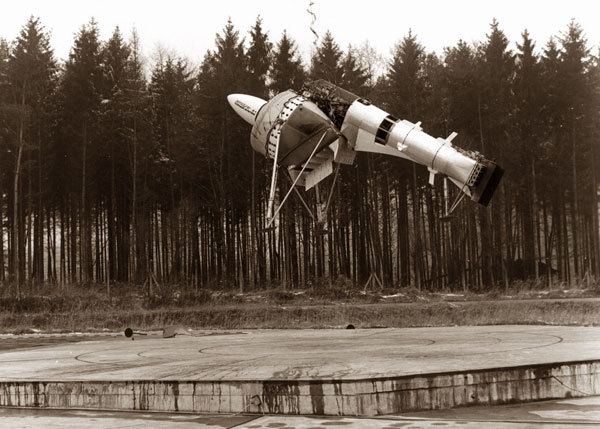
Although technically novel, the Komet did not prove to be a successful weapon and friction between Lippisch and Messerschmitt was frequent. In 1943, Lippisch transferred to Vienna’s Aeronautical Research Institute (Luftfahrtforschungsanstalt Wien, LFW), to concentrate on the problems of high-speed flight. That same year, he was awarded a doctoral degree in engineering by the University of Heidelberg.
Wind tunnel research in 1939 had suggested that the delta wing was a good choice for supersonic flight, and Lippisch set to work designing a supersonic, ramjet-powered fighter, the Lippisch P.13a. By the time the war ended, however, the project had only advanced as far as a development glider, the DM-1.
Postwar work in the United States
Like many German scientists, Lippisch was taken to the United States after the war under Operation Paperclip at the White Sands Missile Range.
Convair
Advances in jet engine design were making Lippisch's ideas more practical, and Convair became interested in a hybrid (mixed power) jet/rocket design which they proposed as the F-92. In order to gain experience with the delta wing handling at high speeds, they first built a test aircraft, the 7002 which, on June 9, 1948, became the first jet-powered delta-wing aircraft to fly. Although the U.S. Air Force lost interest in the F-92, the next test model 7003 was designated the XF-92A. This led Convair to proposing delta wing for most of their projects through the 1950s and into the 1960s, including the F-102 Delta Dagger, F-106 Delta Dart and B-58 Hustler.
Ground effect aircraft
From 1950–1964, Lippisch worked for the Collins Radio Company in Cedar Rapids, Iowa, which had an aeronautical division. It was during this time that his interest shifted toward ground effect craft. The results were an unconventional VTOL aircraft (eventually becoming the Dornier Aerodyne) and an aerofoil boat research seaplane X-112, flown in 1963. However, Lippisch contracted cancer, and resigned from Collins.
When he recovered in 1966, he formed his own research company, Lippisch Research Corporation, and attracted the interest of the West German government. Prototypes for both the aerodyne and the ground-effect craft RFB X-113 (1970) then RFB X-114 (1977) were built, but no further development was undertaken. The Kiekhaefer Mercury company was also interested in his ground-effect craft and successfully tested one of his designs as the Aeroskimmer, but also eventually lost interest.
Lippisch died in Cedar Rapids on February 11, 1976.
